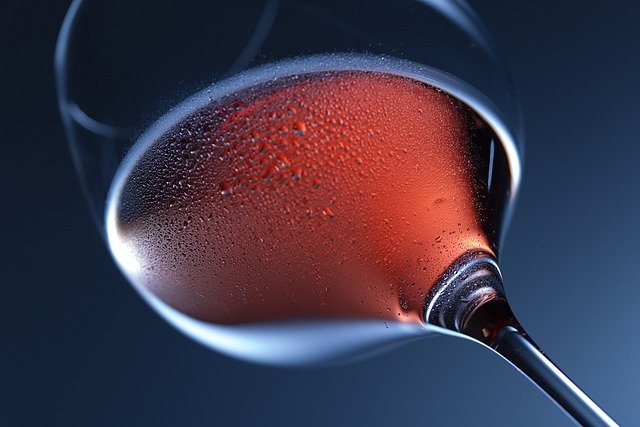
“`html
Wine Kegerator Guide: How to Serve Wine Like a Pro
For wine enthusiasts and hospitality professionals alike, a wine kegerator presents an innovative way to serve and preserve wine at its optimal temperature. This comprehensive guide will walk you through everything you need to know about wine kegerators, from their benefits to setup and maintenance.
What is a Wine Kegerator?
A wine kegerator is a specialized refrigeration unit designed to store and dispense wine from kegs. Unlike traditional bottle service, this system keeps wine fresh for weeks while allowing for precise temperature control and easy serving. For those looking to complement their wine setup with additional cooling options, consider exploring wine and beverage coolers for a complete temperature-controlled storage solution.
Benefits of Using a Wine Kegerator
- Extended Freshness: Wine stays fresh for 30-60 days compared to just 3-5 days after opening a bottle
- Consistent Temperature: Maintains perfect serving temperature for different wine varietals
- Reduced Waste: Only dispense what you need, minimizing oxidation and spoilage
- Cost Effective: Wine kegs often offer better value than bottled equivalents
- Space Saving: Eliminates the need for bulky bottle storage
For commercial establishments or serious collectors, pairing your kegerator with high-quality wine and beverage coolers can create an ideal wine service ecosystem.
Choosing the Right Wine Kegerator
When selecting a wine kegerator, consider these key factors:
1. Capacity
Kegerators come in various sizes, typically holding 1/6 barrel (5 gallons) to full barrel (15.5 gallons) kegs. For home use, smaller units are sufficient, while commercial operations may need multiple taps or larger capacities.
2. Temperature Zones
Some advanced models offer dual-zone cooling, allowing you to store red and white wines at their respective ideal temperatures simultaneously. For additional storage flexibility, you might want to look into complementary wine and beverage coolers for your collection.
3. Tap System
Choose between standard faucets or more advanced systems like Euro-style taps. Consider adding a nitrogen system for still wines to prevent oxidation.
Setting Up Your Wine Kegerator
Proper installation ensures optimal performance:
- Place the unit in a well-ventilated area away from direct sunlight
- Allow 24 hours of operation before loading your first keg
- Clean all lines and components with a wine line cleaner
- Connect your keg using the appropriate coupler
- Set the temperature based on your wine type (typically 45-55°F for whites, 55-65°F for reds)
For those managing extensive collections, integrating your kegerator with specialized wine and beverage coolers can provide comprehensive storage and serving solutions.
Maintenance Tips
To keep your wine kegerator in top condition:
- Clean tap lines every 2-4 weeks
- Replace CO2 or nitrogen tanks as needed
- Regularly check and clean the drip tray
- Inspect seals and gaskets for wear
- Defrost manual-defrost models as needed
Wine Keg Selection
Not all wines are available in keg format, but the selection has grown significantly in recent years. Look for:
- Popular varietals like Chardonnay, Pinot Grigio, Cabernet Sauvignon, and Pinot Noir
- House wines from local wineries
- Specialty and organic options
- Sparkling wines (requires special handling)
For bottles not available in kegs, proper storage in wine and beverage coolers ensures they’re ready to serve when needed.
Conclusion
A wine kegerator revolutionizes how you serve and enjoy wine, offering freshness, convenience, and cost savings. Whether for home entertaining or commercial service, this system elevates the wine experience. By combining it with proper storage solutions like dedicated wine coolers, you can create the ultimate wine service setup that impresses guests and preserves your investment in quality wines.
“`
RELATED POSTS
View all


